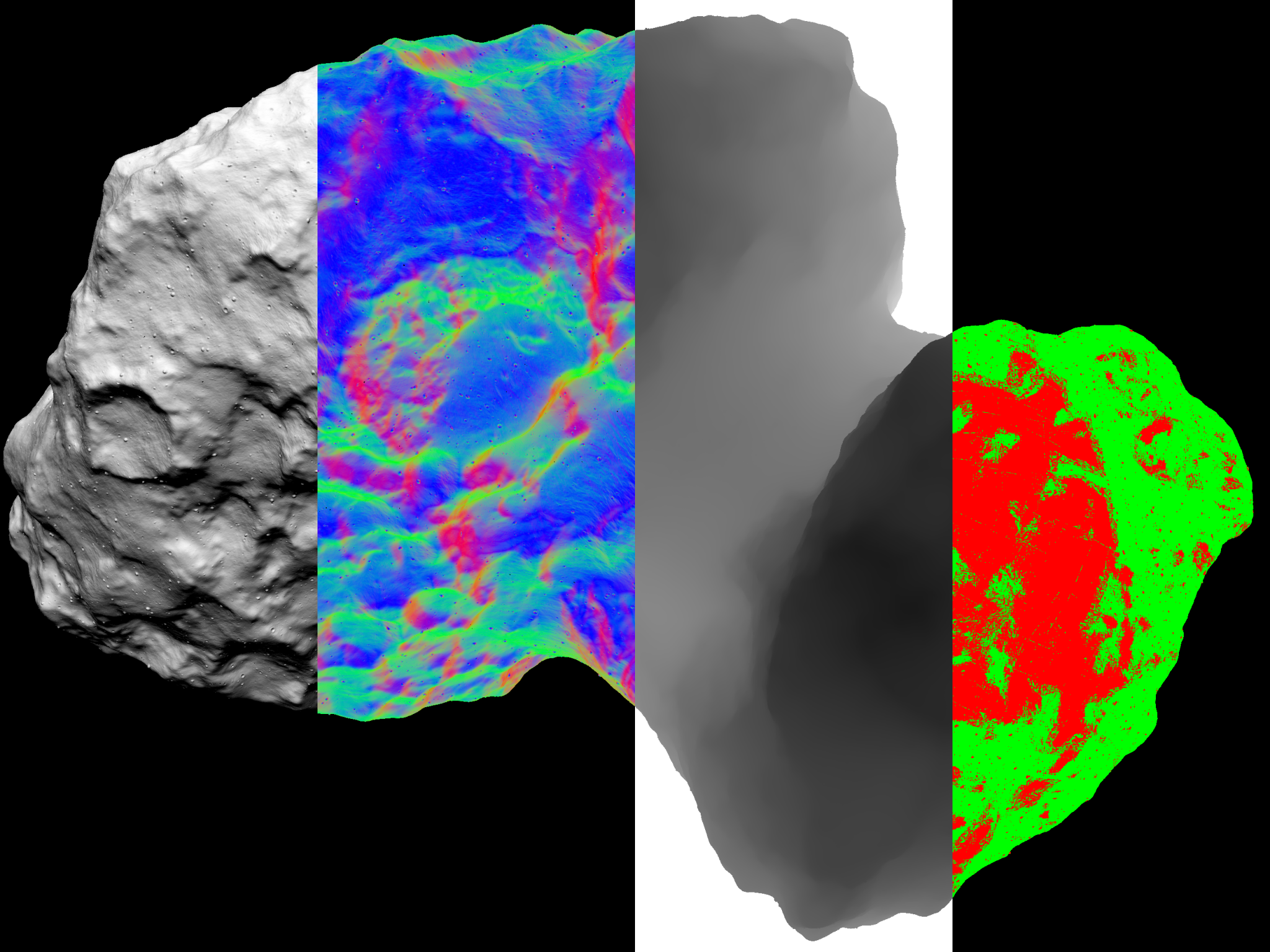2024-08-07 アルゴンヌ国立研究所(ANL)
<関連情報>
- https://www.anl.gov/article/xray-imagery-of-vibrating-diamond-opens-avenues-for-quantum-sensing
- https://journals.aps.org/prapplied/abstract/10.1103/PhysRevApplied.22.024016
ストロボスコープX線回折顕微鏡でダイヤモンド薄膜バルク音響共振器の動的歪みを観察し、窒素空孔中心の量子制御を目指す Stroboscopic x-ray diffraction microscopy of dynamic strain in diamond thin-film bulk acoustic resonators for quantum control of nitrogen-vacancy centers
Anthony D’Addario, Johnathan Kuan, Noah F. Opondo, Ozan Erturk, Tao Zhou, Sunil A. Bhave, Martin V. Holt, and Gregory D. Fuchs
Physical Review Applied Published:Published 7 August 2024
DOI:https://doi.org/10.1103/PhysRevApplied.22.024016
Abstract
Bulk-mode acoustic waves in a crystalline material exert lattice strain through the thickness of the sample, which couples to the spin Hamiltonian of defect-based qubits such as the nitrogen-vacancy (N-V) center defect in diamond. This mechanism has previously been harnessed for unconventional quantum spin control, spin decoherence protection, and quantum sensing. Bulk-mode acoustic wave devices are also important in the microelectronics industry as microwave filters. A key challenge in both applications is a lack of appropriate operando microscopy tools for quantifying and visualizing gigahertz-frequency dynamic strain. In this work, we directly image acoustic strain within N-V center-coupled diamond thin-film bulk acoustic wave resonators using stroboscopic scanning hard x-ray diffraction microscopy at the Advanced Photon Source. The far-field scattering patterns of the nanofocused x-ray diffraction encode strain information entirely through the illuminated thickness of the resonator. These patterns have a real-space spatial variation that is consistent with the bulk strain’s expected modal distribution and a momentum-space angular variation from which the strain amplitude can be quantitatively deduced. We also perform optical measurements of strain-driven Rabi precession of of the N-V center spin ensemble, providing an additional quantitative measurement of the strain amplitude. As a result, we directly measure one of the six N-V spin-stress coupling parameters, =2.73(2) MHz/GPa, by correlating these measurements at the same spatial position and applied microwave power. Our results demonstrate a unique technique for directly imaging ac lattice strain in micromechanical structures and provide a direct measurement of a fundamental constant for the N-V center defect spin Hamiltonian.



